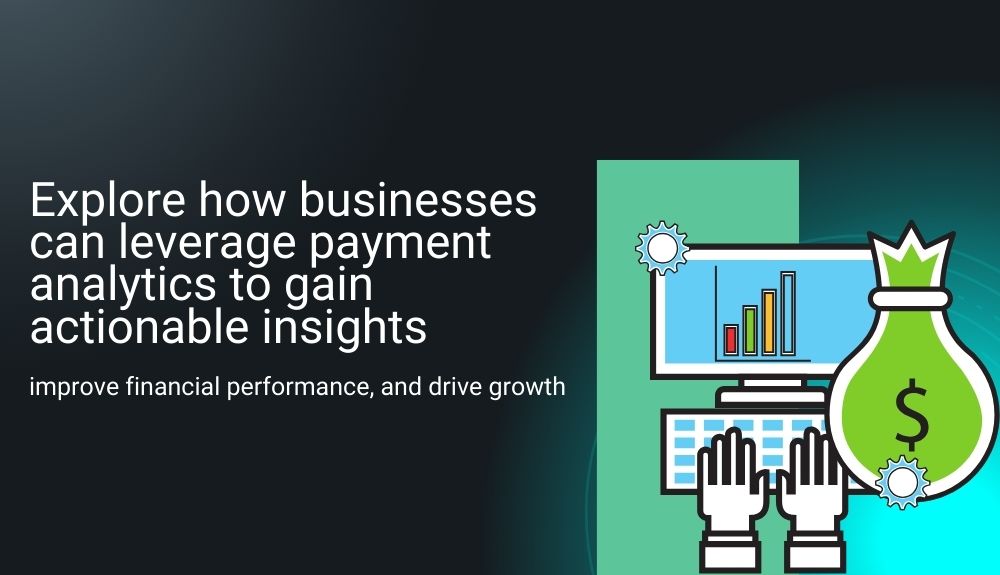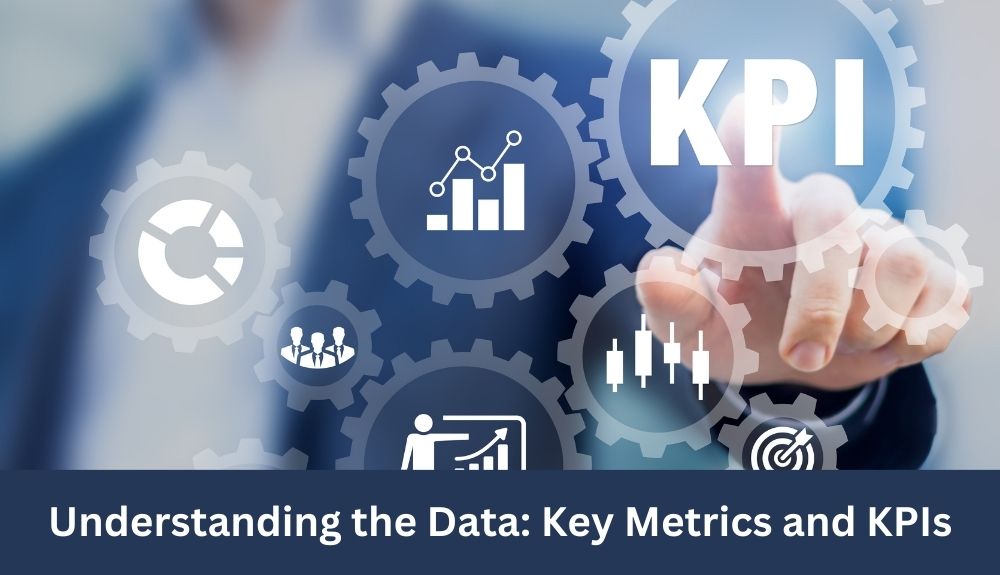
By max March 18, 2024
Welcome to the world of payment analytics, where data becomes a powerful tool for businesses to unlock valuable insights, enhance financial performance, and drive growth. In today’s fast-paced business environment, understanding and leveraging payment data is crucial for staying competitive and thriving in the market. Let’s dive into how businesses can harness the power of payment analytics to gain actionable insights that can transform their operations and pave the way for success.
Benefits of Utilizing Payment Analytics for Businesses
Businesses that leverage payment analytics gain valuable insights into customer behavior and preferences. By analyzing transaction data, companies can identify trends, patterns, and opportunities to enhance their offerings. This allows businesses to tailor their products or services to better meet the needs of their target audience.
Payment analytics also help businesses streamline operations and improve efficiency by identifying areas for cost savings and optimization. With a clear understanding of payment processing performance metrics, organizations can make informed decisions to boost profitability and mitigate risks.
Moreover, utilizing payment analytics enables businesses to detect fraudulent activities in real-time, protecting both themselves and their customers from potential security breaches. This proactive approach not only safeguards financial assets but also builds trust with consumers.
In essence, the benefits of using payment analytics extend beyond just financial gains; they empower businesses to make data-driven decisions that drive growth and foster long-term success.
Understanding the Data: Key Metrics and KPIs

In the realm of payment analytics, understanding the data is crucial for businesses aiming to make informed decisions. Key metrics and KPIs play a vital role in providing valuable insights into customer behavior, transaction patterns, and overall financial performance.
Metrics like Average Transaction Value (ATV), Customer Lifetime Value (CLV), and Payment Success Rate help businesses gauge their profitability, customer loyalty, and payment processing efficiency. By analyzing these metrics, companies can identify trends, detect anomalies, and optimize their strategies accordingly.
Furthermore, monitoring KPIs such as Chargeback Ratio, Authorization Rates, and Payment Processing Costs allows businesses to pinpoint areas that need improvement or risk mitigation. These indicators offer a comprehensive view of the payment ecosystem within an organization.
Implementation and Integration of Payment Analytics into Business Processes
Implementing and integrating payment analytics into business processes is a strategic move that can revolutionize how companies operate. It involves aligning data sources, tools, and systems to extract meaningful insights from payment transactions.
The first step is to identify the key metrics and KPIs that matter most to your business goals. Whether it’s tracking transaction volume, average order value, or customer lifetime value, understanding these metrics is crucial for making informed decisions.
Next comes the selection of the right analytics tools and software that can handle the volume of data generated by payment transactions. Integration with existing CRM or ERP systems ensures seamless flow of information across departments.
Training employees on how to interpret and act upon the insights derived from payment analytics is vital for driving tangible results. Regular monitoring and fine-tuning of the system are necessary to keep up with evolving market trends.
By embedding payment analytics into everyday operations, businesses gain a competitive edge by leveraging data-driven strategies for growth and profitability.
Potential Challenges and How to Overcome Them
When implementing payment analytics, businesses may encounter challenges such as data integration issues. It can be complex to consolidate data from various systems into a unified platform for analysis. Inadequate data quality is another hurdle; inaccurate or incomplete data can skew insights and decisions.
Resistance to change within the organization could impede the adoption of payment analytics. Employees may be accustomed to existing processes and reluctant to embrace new technologies. Additionally, ensuring data security and compliance with regulations poses a significant challenge. Safeguarding sensitive financial information is crucial in today’s digital landscape.
To overcome these challenges, businesses should invest in robust data management tools that facilitate seamless integration across systems. Providing comprehensive training programs and fostering a culture of innovation can help mitigate resistance to change among employees.
Collaborating with IT professionals and cybersecurity experts ensures that adequate measures are in place to protect valuable payment data from breaches or non-compliance risks. By addressing these challenges proactively, businesses can harness the power of payment analytics effectively for informed decision-making and sustainable growth strategies.
Future Outlook: The Role of Payment Analytics in Driving Business Growth

As technology continues to evolve, the role of payment analytics in shaping the future of businesses is becoming increasingly crucial. With advancements in data processing and AI algorithms, companies can now harness vast amounts of transactional data to drive strategic decision-making.
By leveraging payment analytics, businesses can gain a deeper understanding of consumer behavior, identify trends, and optimize their pricing strategies for maximum profitability. This valuable insight enables organizations to tailor their offerings to meet customer preferences effectively.
Moreover, payment analytics empowers companies to detect fraudulent activities promptly and mitigate risks associated with online transactions. By enhancing security measures through data analysis, businesses can build trust with customers and safeguard their financial assets.
In the coming years, we can expect payment analytics to play an even more significant role in driving business growth by enabling real-time insights and predictive modeling. As businesses continue to embrace digital transformation, those who capitalize on the power of payment analytics will undoubtedly have a competitive edge in the market.
Conclusion
Payment analytics is an invaluable tool for businesses looking to gain insights, improve financial performance, and drive growth. By leveraging data-driven strategies, companies can make informed decisions that positively impact their bottom line. Understanding key metrics and KPIs, integrating payment analytics into business processes, and overcoming potential challenges are all crucial steps in maximizing the benefits of this technology.
As we look towards the future, the role of payment analytics will only continue to expand. With advancements in technology and data analysis capabilities, businesses have more opportunities than ever to harness the power of their payment data. By staying proactive and adapting to new trends in the industry, organizations can position themselves for long-term success.
Businesses that prioritize payment analytics stand to gain a competitive edge in today’s rapidly evolving marketplace. By utilizing these tools effectively, companies can unlock valuable insights, optimize financial performance, and drive sustainable growth. Embracing payment analytics is not just a choice – it’s a strategic imperative for businesses looking to thrive in an increasingly data-driven world.
